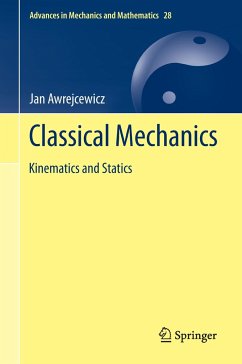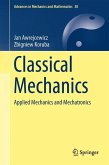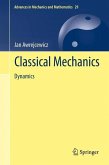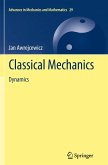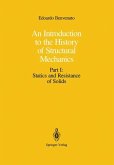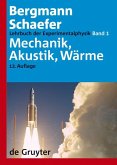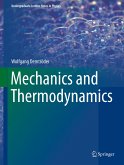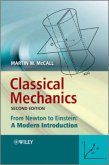This is the first volume of three books by the same author, devoted entirely to classical mechanics. The triad of works covers different subjects in classical mechanics and creates a link between them by deriving topics from the same root. Moreover, the author unifies different approaches from English, Russian, Polish, and German literature devoted to classical mechanics. Emphasis is placed on the study of electro-magneto-mechanical systems.
Classical Mechanics: Kinematics and Statics is addressed to a wide spectrum of undergraduate and graduate students, postgraduate students, researchers, and instructors, from the fields of mechanical and civil engineering. This volume, which includes a wealth of worked examples and applications, is also intended to be used as a self-contained reference for researchers in applied mathematics and physical sciences. It is also recommended as a supplementary textbook at the upper undergraduate and graduate levels.
In Chapter 1 the fundamental principles of mechanics are formulated, illustrated, and discussed. Chapter 2 is devoted to statics and Chapter 3 presents the geometry of masses. Kinematics of a particle, the curvilinear and normal coordinates, and kinematic pairs and chains are the main focus of Chapter 4. Chapter 5 studies the kinematics of a rigid body and a composite motion of a particle. Chapter 6 ends the text with kinematics of a deformable body.
Classical Mechanics: Kinematics and Statics is addressed to a wide spectrum of undergraduate and graduate students, postgraduate students, researchers, and instructors, from the fields of mechanical and civil engineering. This volume, which includes a wealth of worked examples and applications, is also intended to be used as a self-contained reference for researchers in applied mathematics and physical sciences. It is also recommended as a supplementary textbook at the upper undergraduate and graduate levels.
In Chapter 1 the fundamental principles of mechanics are formulated, illustrated, and discussed. Chapter 2 is devoted to statics and Chapter 3 presents the geometry of masses. Kinematics of a particle, the curvilinear and normal coordinates, and kinematic pairs and chains are the main focus of Chapter 4. Chapter 5 studies the kinematics of a rigid body and a composite motion of a particle. Chapter 6 ends the text with kinematics of a deformable body.
From the reviews:
"This book presents classical mechanics including kinematics and statics, and can be recommended as a textbook for undergraduate and graduate students in mechanical and civil engineering and applied physics. ... This excellent book unifies different approaches to the subject in the English, Russian, Polish and German literature." (Vasile Marinca, zbMATH, Vol. 1268, 2013)
"This book presents classical mechanics including kinematics and statics, and can be recommended as a textbook for undergraduate and graduate students in mechanical and civil engineering and applied physics. ... This excellent book unifies different approaches to the subject in the English, Russian, Polish and German literature." (Vasile Marinca, zbMATH, Vol. 1268, 2013)

